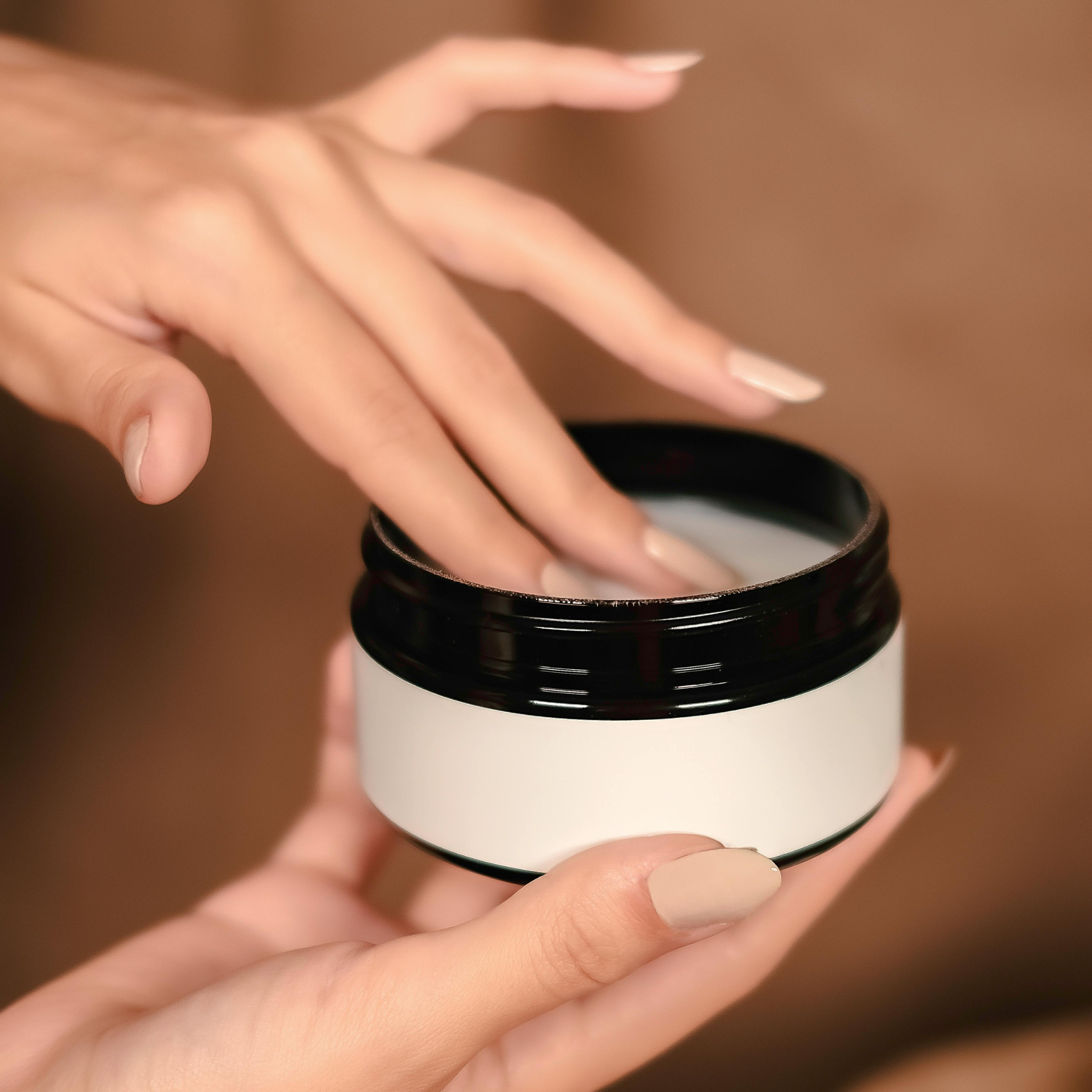Frequently Asked Questions
How do I prepare for my dermatology appointment?
Preparing for your dermatology appointment can help ensure you get the most out of your visit. Here are some tips:
Bring a list of your current medications: Including over-the-counter drugs, supplements, and any other treatments you're using.
Note any changes in your skin: Write down any new or changing moles, rashes, or symptoms you've noticed.
Prepare a list of questions: Think about what you'd like to ask your dermatologist regarding your skin concerns or treatment options.
Avoid wearing makeup or nail polish: If your visit includes a skin check, it's best to come with clean skin and nails for a thorough examination.
Bring your insurance information: Ensure you have your insurance card and any required referral information
Does insurance cover dermatology visits?
Many dermatology services are covered by insurance, especially if they are deemed medically necessary. These might include treatments for skin cancer, suspicious moles, rashes, and other skin conditions. However, cosmetic procedures, such as Botox or chemical peels, are typically not covered. It's important to:
Check with your insurance provider: Contact your insurance company to confirm what services are covered under your plan.
Inquire about copays and deductibles: Understand any out-of-pocket costs you might incur during your visit.
Ask about referrals: Some insurance plans require a referral from your primary care physician to see a dermatologist.
How do I schedule an appointment?
By Phone: Call our office directly at (239) 261-3082 to speak with our scheduling team.
Through a Referral: If your insurance requires a referral, have your primary care physician fax the referral to our office at (239) 261-1035, and we will contact you to schedule an appointment.
What should I do if I notice a suspicious mole?
If you find a mole or skin change that concerns you:
Monitor the mole: Note any changes in size, color, shape, or texture, as well as any symptoms like itching or bleeding.
Schedule a dermatology appointment: Contact us immediately to have the mole examined. Early detection is key in treating skin cancer effectively.
Know the ABCDEs of melanoma: Look for Asymmetry, Border irregularity, Color changes, Diameter greater than 6mm, and Evolving shape or color. These can be signs of skin cancer.
Avoid self-diagnosing: While it’s good to be informed, only a dermatologist can accurately diagnose a suspicious mole.
What are the benefits of non-invasive skin cancer treatments?
Non-invasive skin cancer treatments, such as Image-Guided Superficial Radiotherapy (IG-SRT), offer several advantages over traditional surgical methods:
Minimal Downtime: Unlike surgery, non-invasive treatments typically require little to no recovery time, allowing you to return to your daily activities almost immediately.
Cosmetic Results: Non-invasive treatments often result in less scarring and better cosmetic outcomes, particularly for skin cancers in sensitive areas like the face.
Less Pain and Discomfort: Non-invasive options are generally more comfortable, avoiding the need for incisions, stitches, or anesthesia.
Targeted Precision: Techniques like IG-SRT precisely target cancerous cells while sparing healthy surrounding tissue, reducing the risk of damage to non-affected areas.
When should I consider Mohs surgery?
Mohs surgery is often recommended for certain types of skin cancers where complete removal is especially important:
High-Risk Cancers: Basal cell carcinoma (BCC) or squamous cell carcinoma (SCC) that are aggressive, large, or fast-growing.
Sensitive Locations: Skin cancers on the face, ears, lips, nose, or scalp — where preserving as much healthy tissue as possible matters for function and appearance.
Recurrence: Skin cancers that have returned after previous treatment.
Poorly Defined Borders: Tumors where the edges are hard to see, making precise removal essential.
Mohs surgery is considered the gold standard for treating certain skin cancers because it ensures complete cancer removal while preserving as much healthy tissue as possible. At Naples Dermatology, both Dr. Ross and Dr. Lugo are board-certified Mohs surgeons, with more than 35 years of experience in dermatology. If you have questions about Mohs surgery or would like to know if it’s right for you, please contact our office today.
What makes Mohs surgery different from other skin cancer treatments?
Mohs surgery is unique because it allows the surgeon to examine 100% of the cancer’s margins under a microscope during the procedure. This step-by-step process ensures that all cancerous cells are removed while preserving as much healthy tissue as possible. The result is the highest cure rate available for many skin cancers and the best cosmetic outcome, especially in delicate areas.
What is the recovery like after Mohs surgery?
Recovery after Mohs surgery varies depending on the size and location of the treated area. Most patients experience only mild discomfort that can be managed with over-the-counter pain relief. Stitches are usually necessary, and the area will need proper wound care. Healing time usually ranges from one to several weeks, and scars are minimal and typically fade over time.
How effective is Mohs surgery?
Mohs surgery is considered the most effective treatment for common types of skin cancer, with cure rates of up to 99% for certain basal cell and squamous cell carcinomas. Because the cancer is removed layer by layer and examined in real time, the chance of recurrence is significantly reduced compared to other treatments.
What should I expect during and after a biopsy?
A biopsy is a common procedure used to diagnose skin conditions, including cancer. Here’s what you can expect:
During the Biopsy: The procedure is usually quick and performed in-office. The dermatologist will numb the area with a local anesthetic and then remove a small sample of skin. Depending on the type of biopsy, this might involve shaving off a thin layer (shave biopsy), taking a small core of tissue (punch biopsy), or removing the entire lesion (excisional biopsy).
After the Biopsy: You may experience mild discomfort or tenderness at the site, which can be managed with over-the-counter pain relievers. The area will be covered with a bandage, and it’s important to keep it clean and dry. Results typically come back within a week, and your dermatologist will discuss the findings with you and outline any necessary next steps.
Recovery: Healing time varies depending on the size and location of the biopsy, but most areas heal within a couple of weeks. Follow your dermatologist’s care instructions to ensure proper healing.
How effective is topical chemotherapy for skin cancer?
Topical chemotherapy is a treatment that involves applying a medication directly to the skin to treat certain types of skin cancer, such as superficial basal cell carcinoma and actinic keratosis:
How It Works: The most commonly used medication is 5-fluorouracil (5-FU), which works by destroying abnormal skin cells. The cream is typically applied once or twice daily over several weeks, depending on the severity of the condition.
Effectiveness: Topical chemotherapy is highly effective for treating early-stage skin cancers and pre-cancerous lesions, especially in cases where surgery is not the preferred option. It offers the advantage of treating multiple areas at once, which is particularly useful for widespread actinic keratosis.
Considerations: While effective, the treatment can cause redness, irritation, and peeling of the skin in the treated area. These side effects are usually temporary and indicate that the medication is working.
What are the side effects of common dermatological treatments?
Most dermatological treatments are safe, but like all medical procedures, they can have side effects. Here’s a general overview:
Laser Therapy: Some patients experience redness, swelling, or mild pain after treatment. These effects usually subside within a few days. Hyperpigmentation or hypopigmentation (darkening or lightening of the skin) can occur, especially in darker skin tones.
Topical Medications: Medications like retinoids or topical chemotherapy might cause dryness, redness, peeling, or irritation. These effects are often temporary and can be managed with moisturizers or by adjusting the frequency of application.
Injectables (e.g., Botox, Fillers): Minor bruising, swelling, or redness at the injection site is common. These effects typically resolve within a few days. Rarely, patients might experience more serious complications like infection or allergic reactions.
Want to Learn More About Skin Cancer and Dermatology?
For additional information on skin cancer prevention, diagnosis, and treatment options, we recommend visiting these trusted resources:
American Academy of Dermatology: Explore a wealth of information on skin health, including detailed guides on skin cancer, treatment options, and tips for maintaining healthy skin.
Skin Cancer Foundation: This comprehensive resource offers insights into skin cancer types, early detection, and prevention strategies to help you stay informed and proactive about your skin health.
These external resources provide valuable knowledge and support, complementing the care and expertise you receive from Naples Dermatology.





